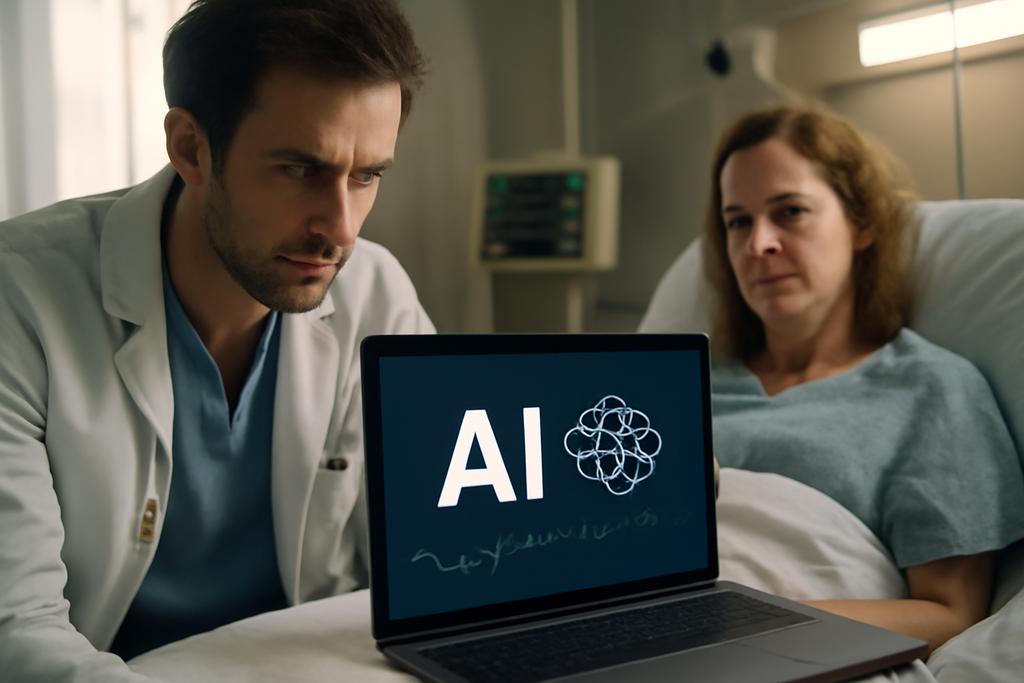The hushed urgency in a hospital room, the frantic search for answers when a patient reacts unexpectedly to medication—these are scenarios that highlight the critical need to detect adverse drug events (ADEs). ADEs are a significant source of preventable harm, and currently, identifying them relies heavily on painstaking manual review of patient records. But what if artificial intelligence could lend a hand? Researchers at Amsterdam UMC have developed a sophisticated system using transformer models—a cutting-edge type of AI—to identify ADEs within Dutch clinical free text documents, offering a promising path toward faster, more efficient, and potentially life-saving detection.
The Challenge of Unstructured Data
The core difficulty in ADE detection lies within the nature of medical records. Much of the crucial information isn’t neatly organized in databases; instead, it’s buried within free-text clinical notes and discharge summaries—a chaotic landscape of medical jargon, abbreviations, and varied writing styles. Manually sifting through this unstructured data is not only time-consuming but also prone to human error. This is where AI’s ability to process natural language comes in, offering a potential solution to this pervasive problem.
Transformer Models: The AI Powerhouse
This study leverages the power of transformer models, a class of AI algorithms that have revolutionized natural language processing. Think of them as incredibly sophisticated pattern-recognizing engines. Unlike older methods, transformers excel at capturing context and nuances within text, making them ideally suited to the complex and often ambiguous language of medical records. The researchers compared several transformer models, each with its own strengths, to determine which performed best in identifying ADEs within the Dutch language context.
MedRoBERTa.nl: The Top Performer
Among the models tested, MedRoBERTa.nl emerged as the top performer. This is particularly significant because MedRoBERTa.nl is a model specifically trained on Dutch electronic health records (EHRs). Its specialization in the medical domain and the Dutch language gives it a distinct advantage in understanding the subtleties and complexities of these particular texts. The superior performance highlights the value of using domain-specific AI models tailored to the nuances of particular medical settings and languages.
Beyond Simple Detection: Understanding the Context
This study went beyond simple ADE detection; it focused on understanding the relationships between drugs and adverse events. The researchers didn’t just want to know *if* an ADE occurred, but also *which* drug was potentially involved and *what* the specific adverse reaction was. This is crucial for understanding causality and informing future treatment decisions. The researchers used a two-step approach, first identifying mentions of drugs and disorders, and then classifying whether these mentions constituted an adverse drug reaction. They also designed a more efficient end-to-end approach where both steps were done simultaneously, highlighting the applicability and efficacy of the method in practical settings.
The Importance of External Validation
A key strength of this research is its emphasis on external validation. The models weren’t just tested on the data they were trained on; the researchers also applied them to separate datasets representing different hospital settings and patient populations. This rigorous validation step is critical in ensuring the models’ reliability and generalizability, establishing their potential for real-world implementation. The external validation provides confidence that the findings extend beyond a specific dataset.
Metrics Matter: Precision, Recall, and the F2 Score
The choice of evaluation metrics is often overlooked but deeply affects the interpretation of AI performance. In ADE detection—where false negatives (missing a genuine ADE) are particularly dangerous—recall (the ability to find all true positives) is critical. This study highlighted the importance of evaluating performance through several key metrics: precision, recall and the F2 score which emphasizes recall over precision. The F2 score is particularly relevant because it prioritizes correctly identifying ADEs (high recall) even at the cost of a slightly higher rate of false positives. This nuanced approach provides a realistic assessment of the model’s suitability for clinical use.
Implications for the Future of Healthcare
This work offers a significant step forward in leveraging AI to improve medication safety. By automating the detection of ADEs, this system could potentially reduce preventable harm, accelerate investigations into drug-related complications, and streamline the process of monitoring medication safety across a healthcare system. The potential benefits range from improved patient outcomes and reduced hospital costs to a more efficient workflow for healthcare professionals. The research team, led by Joanna E. Klopotowska and including shared first authors Rachel M. Murphy and Nishant Mishra, emphasizes the need for ongoing development and clinical validation to fully realize this potential.
Looking Ahead
While the results are promising, further research is needed. The relatively small size of the training dataset highlights the need for larger, more diverse corpora of annotated clinical notes. Future work could also explore the incorporation of additional data sources, such as patient demographics or lab results, to enhance the models’ accuracy and insights. This research, however, presents a strong foundation for creating AI systems that can significantly enhance the safety and efficacy of medication use. The integration of AI into this critical area of healthcare is not just a technological advancement; it’s a step towards a future where medicine is both safer and more efficient.










